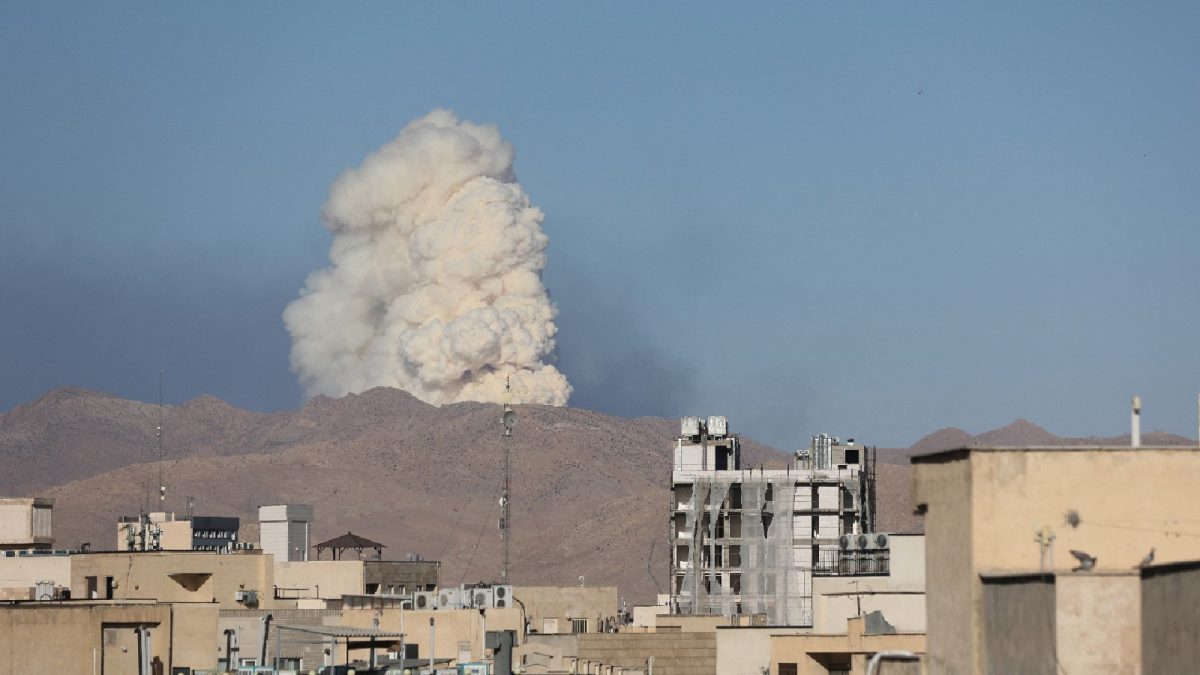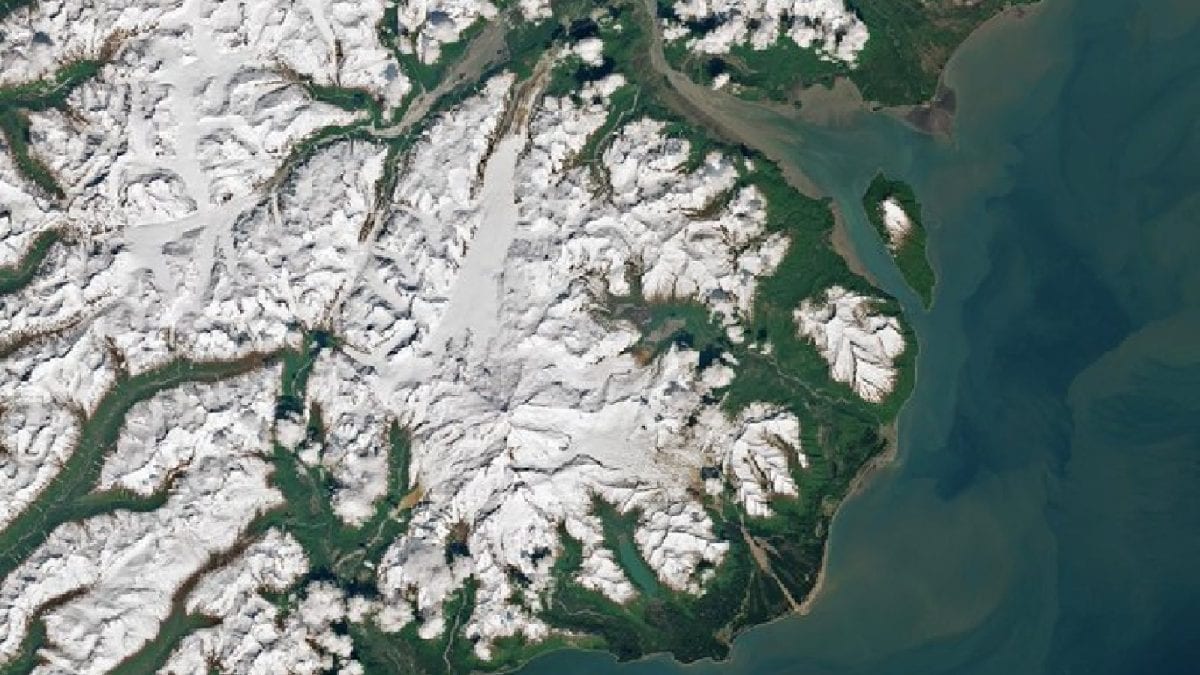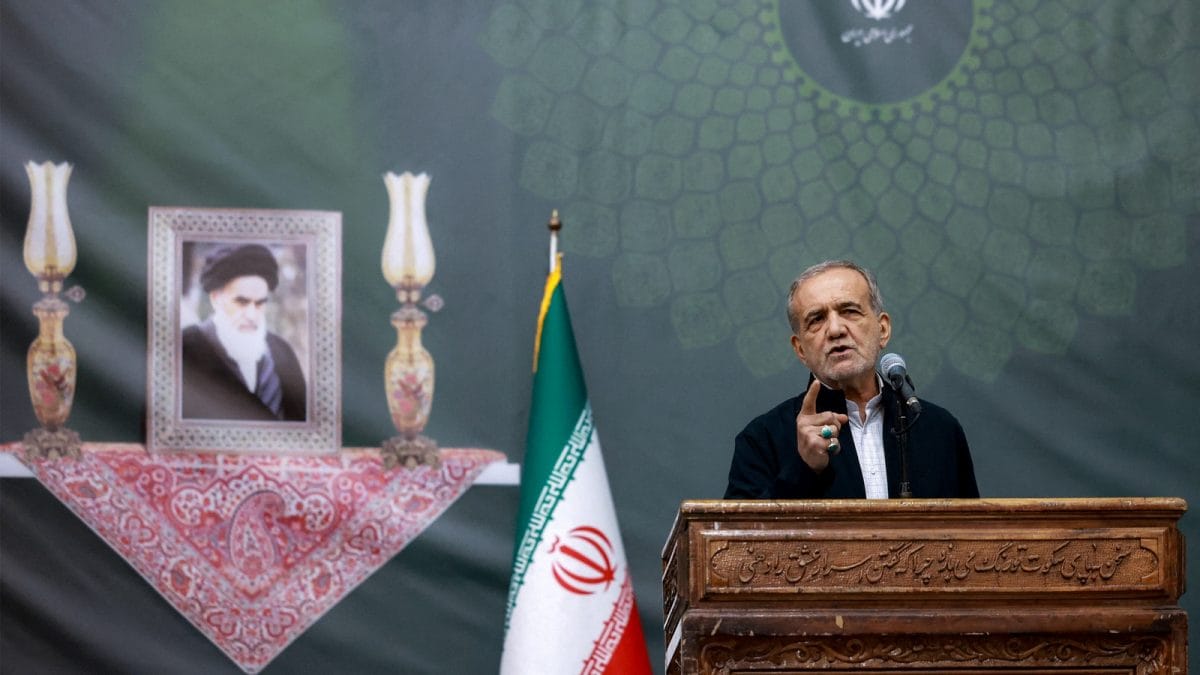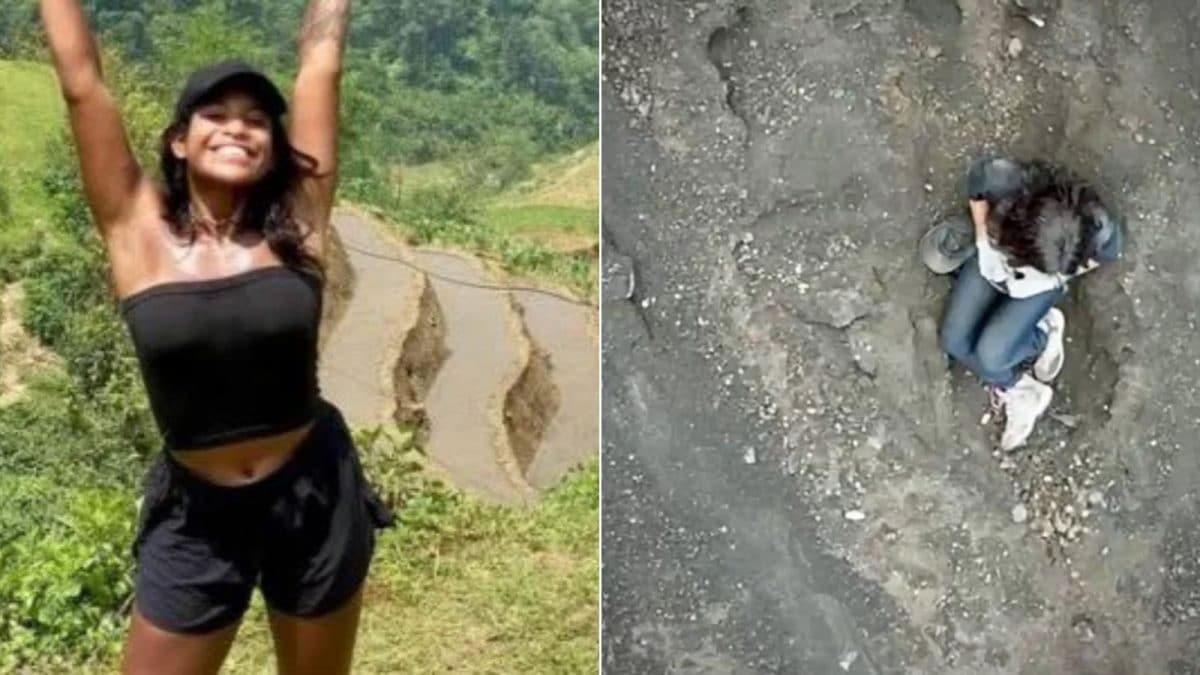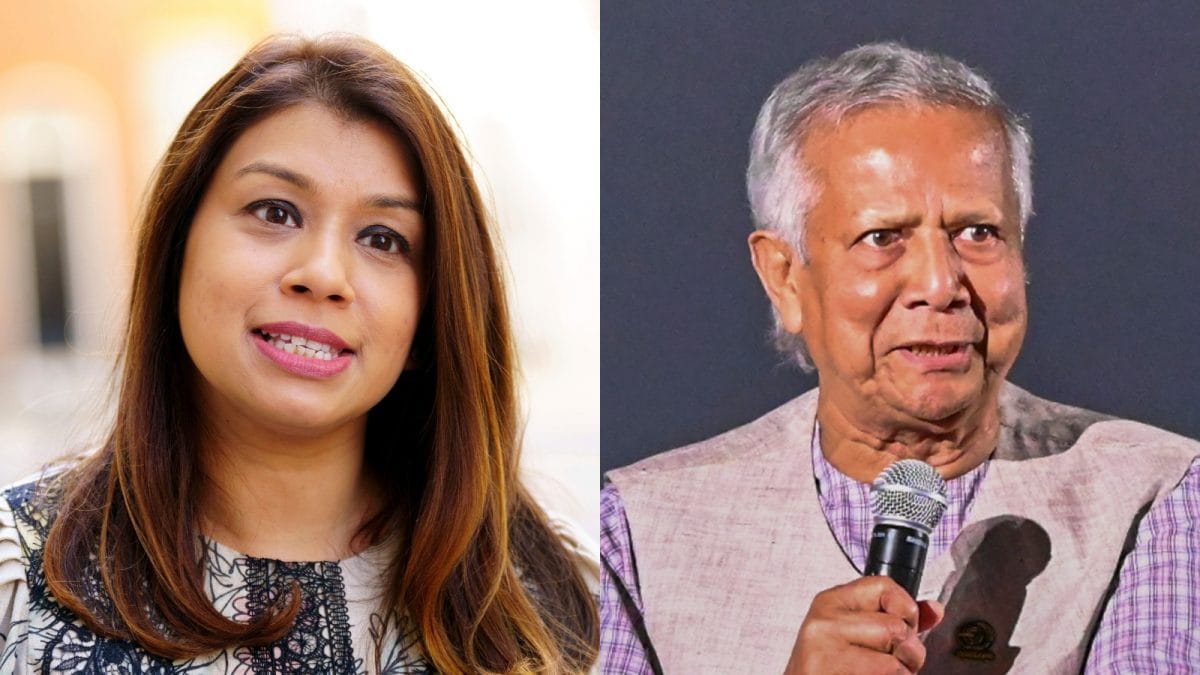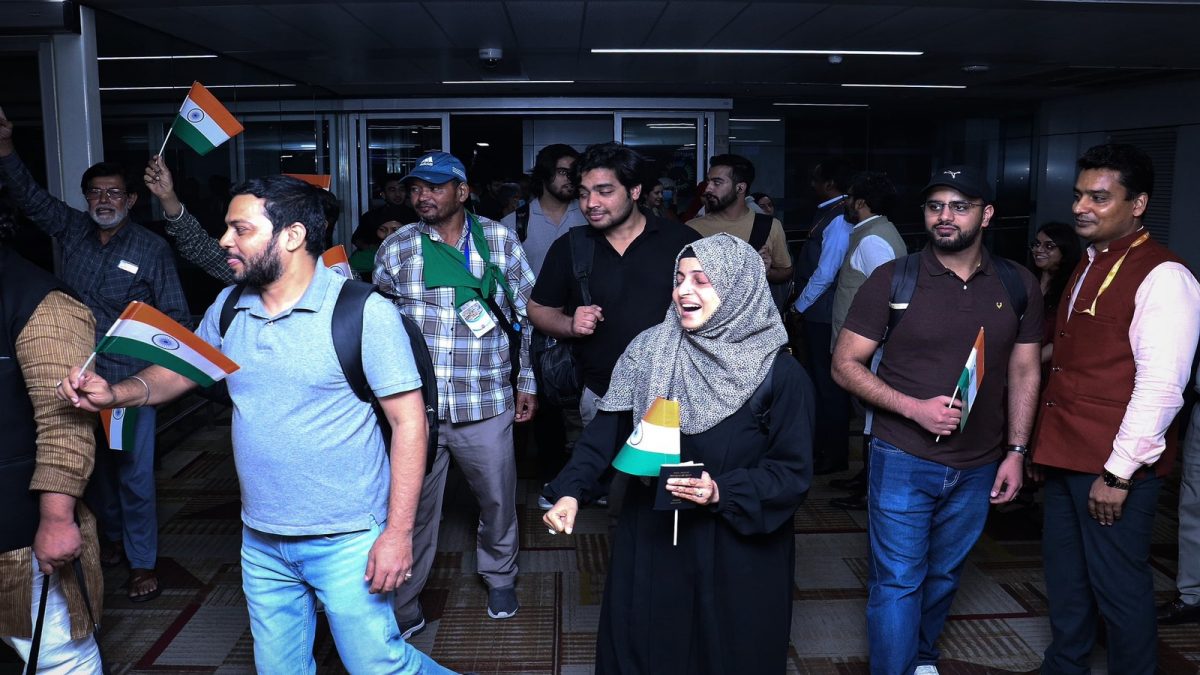Last Updated:June 24, 2025, 16:56 IST
Iran's advanced ballistic capability has brought widespread destruction to key urban centres, bringing them under the global spotlight

Israeli security forces look on as a digger clears the rubble of a destroyed building at the site of an Iranian strike that hit a residential neighbourhood in the Ramat Aviv area in Tel Aviv on June 22. (Image: Jack GUEZ/AFP)
Iran’s recent missile strikes have shaken Israel’s sense of security, specifically targeting big cities once believed to be safe zones that escaped the heavy damage in previous conflicts.
Not only do these “safe" cities – Tel Aviv, Haifa, and Be’er Sheva – now lie in ruins, towns that were frequently under fire in past wars have escaped major damage. This shows that Iran may have chosen to cause major destruction in big cities – scenes reminiscent of Gaza after Israeli strikes.
So, what changed in this new conflict between Israel and Iran? The fighting between the longtime foes since June 13 has snowballed into a full-blown war with the US entering the arena on June 22.
Follow Israel-Iran War News LIVE Updates Here: Trump Says Both Israel And Iran Violated Ceasefire
While the full extent of the damage from Iran’s attacks on Israel is not known due to military censorship rules, at least 50 impacts have been acknowledged nationwide and 28 people have died, as per official figures. Israeli strikes on Iran have killed more than 400 people, said Iran’s health ministry.
Iran’s advanced ballistic capability has brought widespread destruction to key urban centres, bringing them under the global spotlight.
“The situation between Iran and Israel is one of devastation. Hezbollah and Hamas cannot be compared with Iran, which is a major country in the Middle East and a rising power. It possesses expertise in missiles and drones and has made use of that. It has used hypersonic missiles. Iran may not have a strong air force, but it has given a tit-for-tat response through its missile capabilities and even attacked an American air base. Iran’s strength should not be underestimated," said former ambassador to Jordan Anil Trigunayat.
WHAT HAPPENED IN PREVIOUS CONFLICTS?
In previous conflicts – whether with Hamas or Hezbollah – cities like Tel Aviv, Haifa, and Be’er Sheva were considered safe zones. But this time, Iran’s ballistic missiles struck these cities, shattering long-held assumptions.
Suburbs around Tel Aviv such as Ramat Aviv, Ramat Gan, Holon, Bat Yam, and Ness Ziona, took major hits. Even Be’er Sheva and Haifa, which usually stayed out of the “heavy-damage zones" in earlier conflicts, faced direct destruction.
While Hamas has occasionally targeted Tel Aviv and Hezbollah has fired at Haifa before, large-scale devastation was rare. In earlier conflicts, Hamas and Hezbollah focused on border towns.
Hamas fired rockets from Gaza, primarily targeting southern and central Israel – cities like Ashdod, Ashkelon, and Sderot bore the brunt. Hezbollah, from southern Lebanon, struck northern Israel – towns like Kiryat Shmona, Metula, Nahariya, and Safed frequently came under attack. This time, the border towns remain untouched except Ashdod.
WHAT DOES THIS MEAN?
Iran’s missiles bypassed the border towns, or even those targeted before, and aimed for Israel’s heartland. The enemy has changed, and so has the battlefield.
This conflict shows that Iran now possesses the ability to inflict massive damage on major Israeli cities in a direct, face-to-face war scenario. It could also mean that Iran’s strikes have completely redrawn Israel’s war map – cities that were never considered frontlines are now under direct threat.
Location :Jerusalem, Israel
First Published:News world 'Safe Zones' Like Tel Aviv, Haifa Hit: How Iran's Strikes On Big Cities Targeted Israel's Heartland

 10 hours ago
10 hours ago





